Importance of art in Interior Design
The Role of Art in Interior Design: Elevating Spaces with Creativity
Art has always played a significant role in human culture, and its influence extends well beyond galleries and museums. In interior design, art serves as a powerful tool that can transform a space, infusing it with personality, emotion, and style. The strategic incorporation of art into interior design not only enhances the aesthetic appeal of a room but also creates a meaningful connection between the space and its occupants.
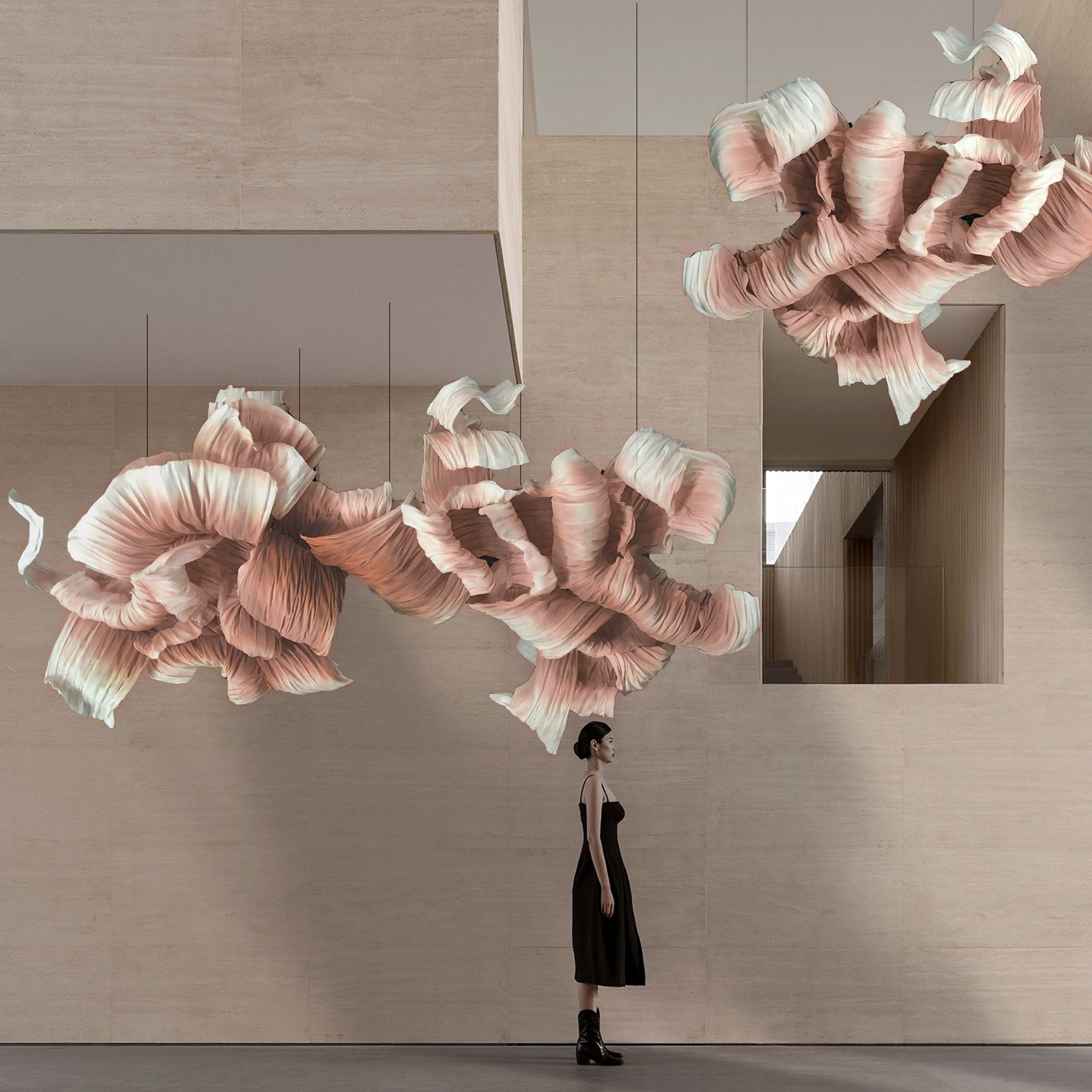
1. Art as a Reflection of Personal Identity
One of the most profound aspects of art in interior design is its ability to reflect personal identity. The art pieces you choose for your home or office space can speak volumes about your tastes, experiences, and values. Whether it’s a painting, sculpture, or photography, art allows you to express yourself in a way that is both visually compelling and deeply personal.
When selecting art for a space, consider what resonates with you on an emotional level. A bold, abstract painting might convey your adventurous spirit, while a serene landscape might reflect a desire for peace and tranquility. By incorporating art that aligns with your identity, you create a space that feels authentic and uniquely yours.

2. Art as a Focal Point
In interior design, a focal point is an element that draws the eye and sets the tone for the room. Art is an ideal choice for creating a focal point, as it naturally captures attention and can be used to anchor the design of a room.
Whether it’s a large canvas above a sofa, a gallery wall in a hallway, or a sculpture in the center of a room, art can provide a visual anchor that ties together the other design elements in the space. The key is to select art that complements the color palette, style, and overall theme of the room, creating a cohesive and harmonious design.
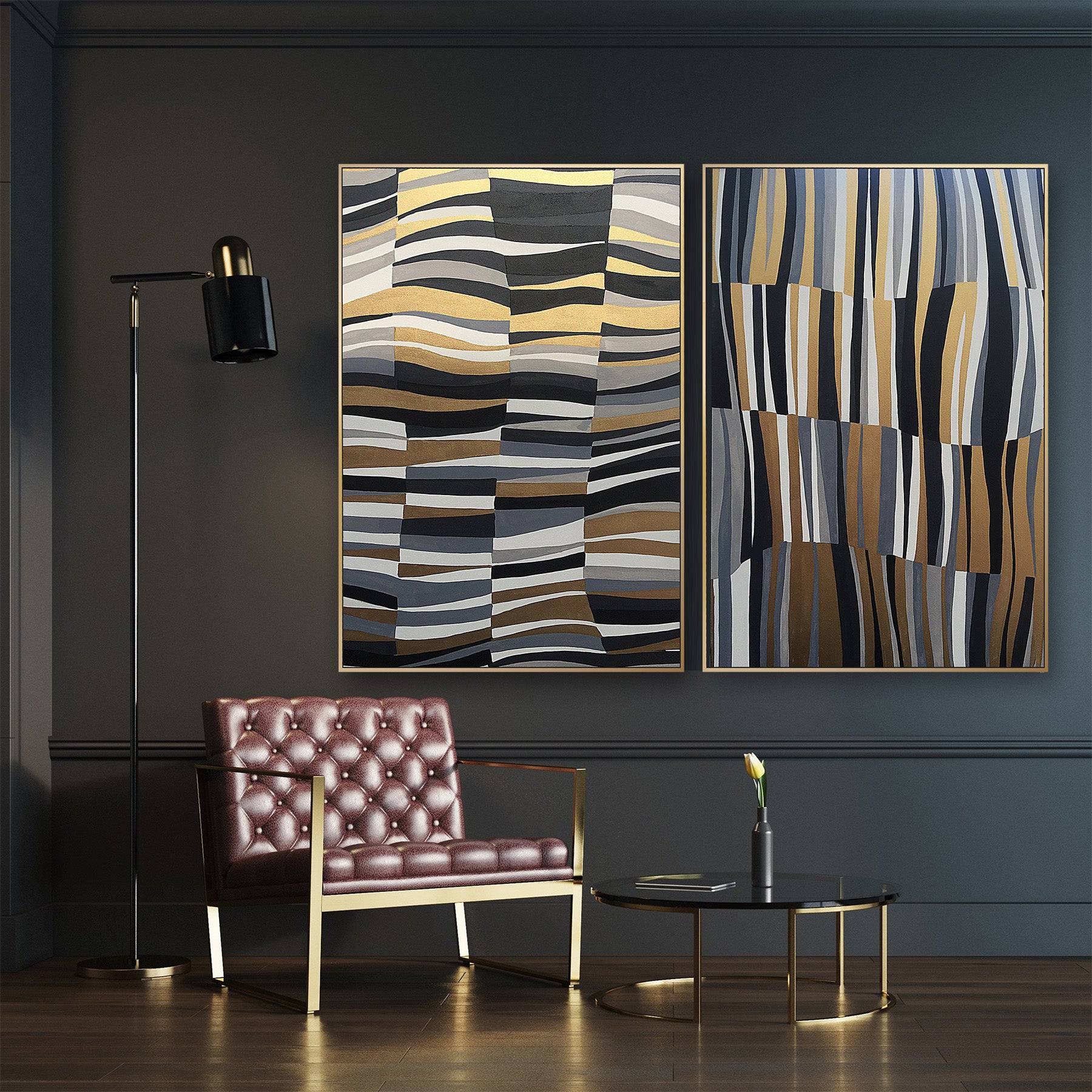
3. Art as a Source of Inspiration
Art can also serve as a source of inspiration for the entire interior design of a space. A single piece of art can inspire the color scheme, textures, and even the furniture choices in a room.
For instance, the vibrant colors of a painting might be echoed in the cushions, rugs, or accent pieces, creating a dynamic and visually engaging environment. By using art as the starting point for your design, you can create a space that feels curated and intentional.
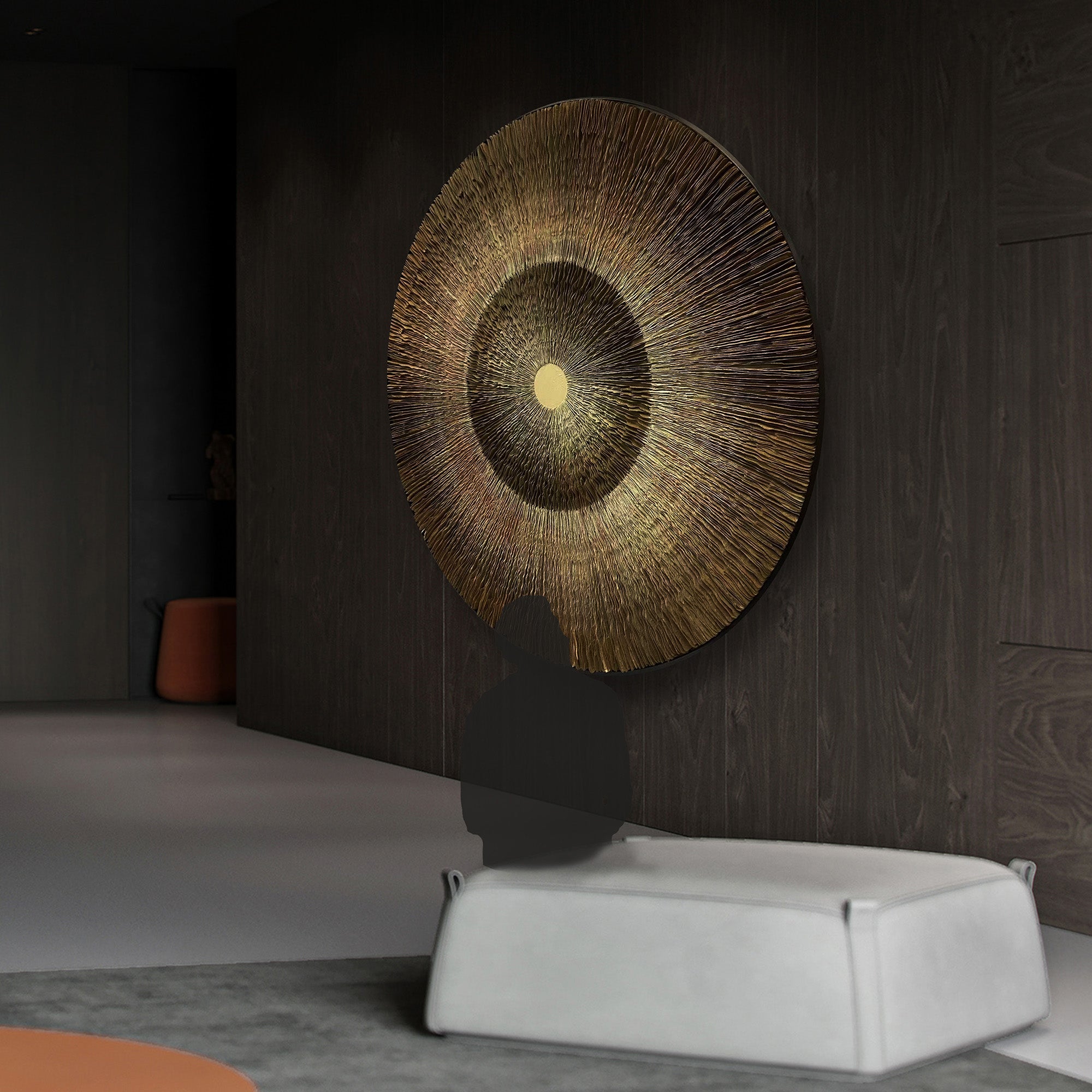
4. Art to Set the Mood
The mood of a room can be significantly influenced by the art displayed within it. Art has the power to evoke emotions, and the right piece can set the tone for the entire space.
A calming piece of art can make a bedroom feel more serene, while a vibrant and energetic artwork can bring life to a living room or dining area. By carefully selecting art that aligns with the desired mood of each space, you can create environments that not only look beautiful but also feel right.
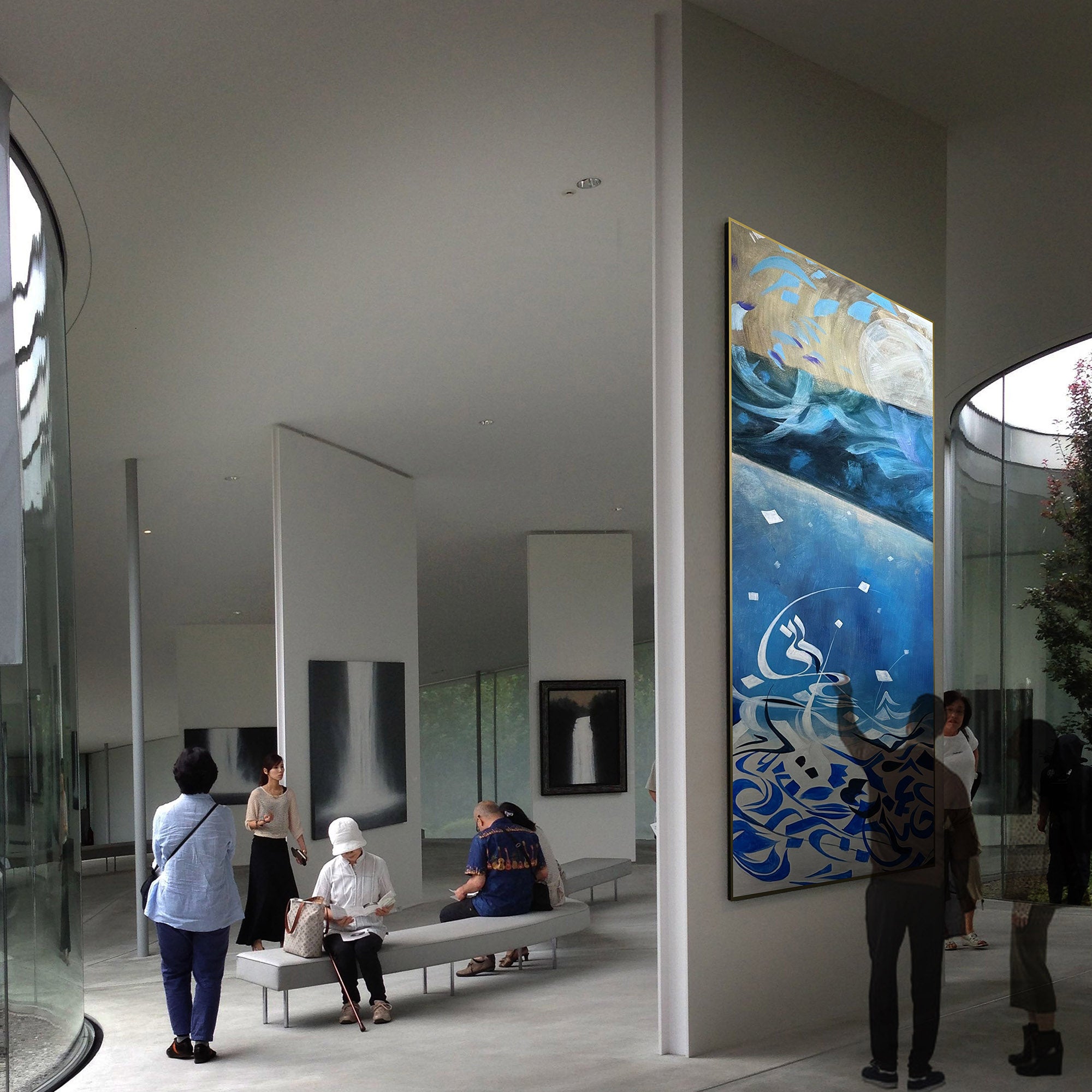
5. Art as a Conversation Starter
Art can also serve as a wonderful conversation starter in social spaces like living rooms, dining rooms, or offices. A unique or provocative piece of art can spark discussions, making your space more engaging and interactive.
Whether it’s a contemporary piece by a local artist or a classic work from a well-known painter, art adds depth and interest to a room, providing something for guests to admire and talk about.
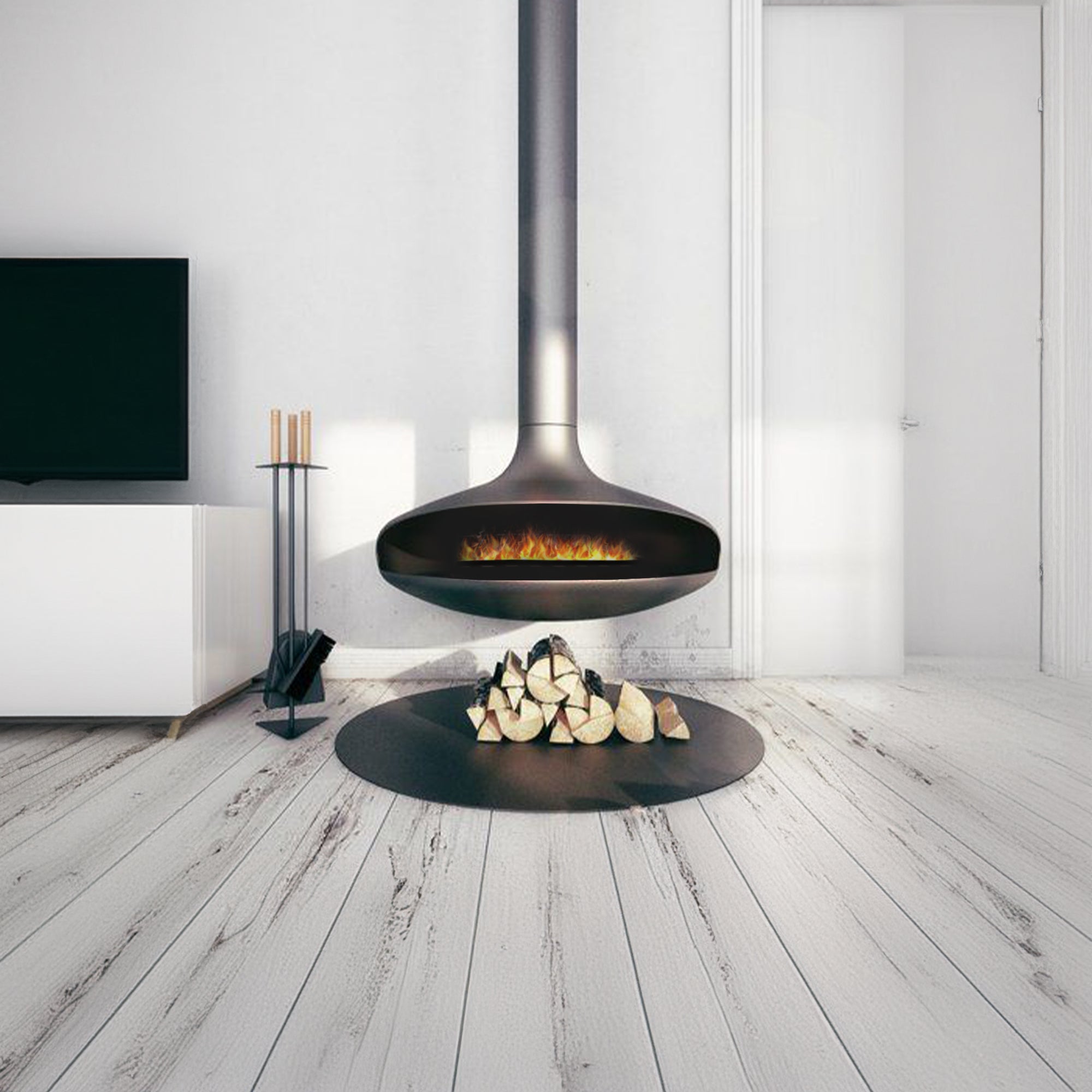
6. Practical Considerations for Incorporating Art
While art is a powerful design element, it’s important to consider practical aspects when incorporating it into your interior design. The size of the artwork, the scale of the space, the lighting, and the placement all play crucial roles in how the art is perceived and experienced.
Ensure that the art is appropriately sized for the wall or space it occupies, and consider the height at which it’s hung. Proper lighting is also essential, as it can enhance the colors and details of the artwork. Finally, think about how the art interacts with other elements in the room, ensuring that it complements rather than competes with the surrounding design.
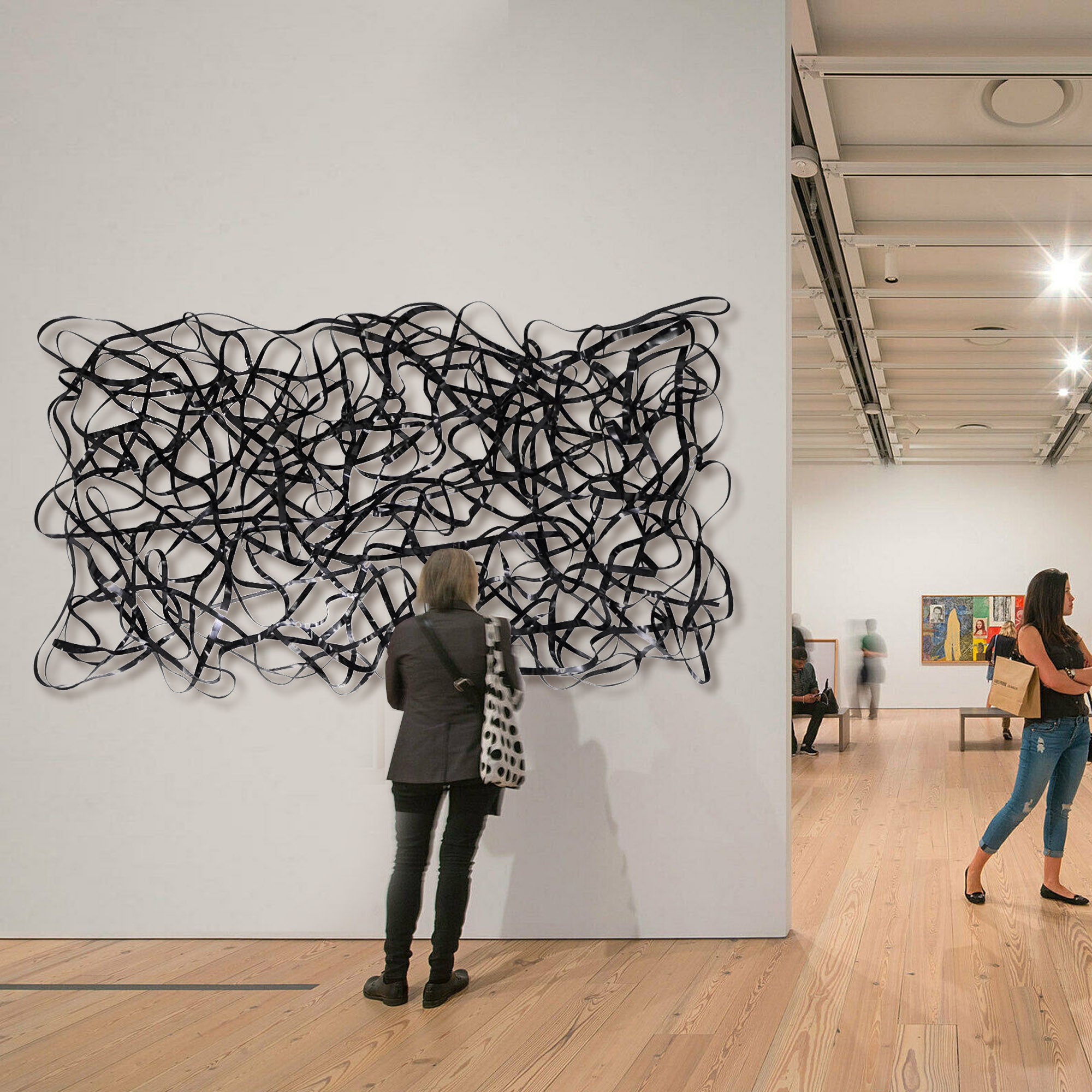
7. Current Trends in Art for Interior Design
Art trends in interior design are constantly evolving, influenced by cultural shifts, technology, and personal expression. Currently, there is a growing trend towards abstract and contemporary art, which adds a modern and dynamic touch to interiors.
Another trend is the use of large-scale art pieces that make a bold statement and dominate the space. These pieces often become the focal point of the room, setting the tone for the entire design.
Additionally, there’s a rising interest in mixed media art, which combines different materials and techniques to create unique and textured pieces. This trend adds a layer of complexity and interest to interior spaces, making them feel more curated and personalized.
Conclusion
Art is an indispensable element of interior design, offering endless possibilities for creativity, expression, and personalization. Whether you’re looking to reflect your identity, create a focal point, set the mood, or simply enhance the aesthetic appeal of a space, art has the power to elevate your interior design to new heights. By thoughtfully selecting and incorporating art into your home or office, you can create spaces that are not only beautiful but also meaningful and inspiring.






Leave a comment
This site is protected by hCaptcha and the hCaptcha Privacy Policy and Terms of Service apply.